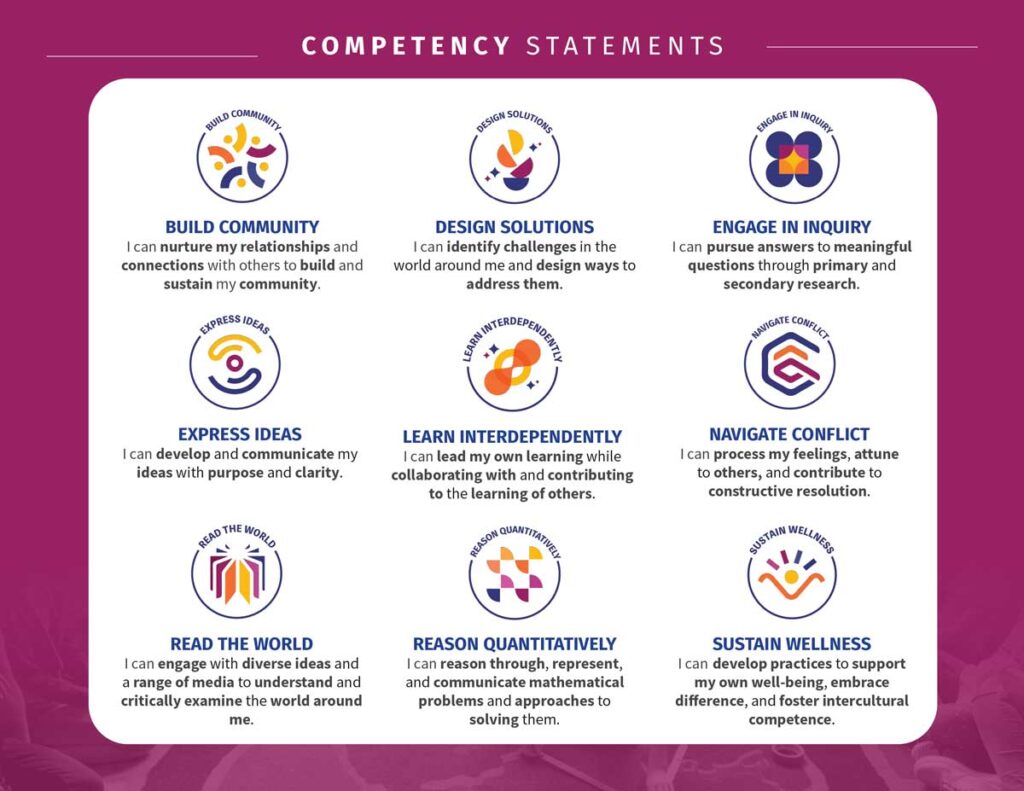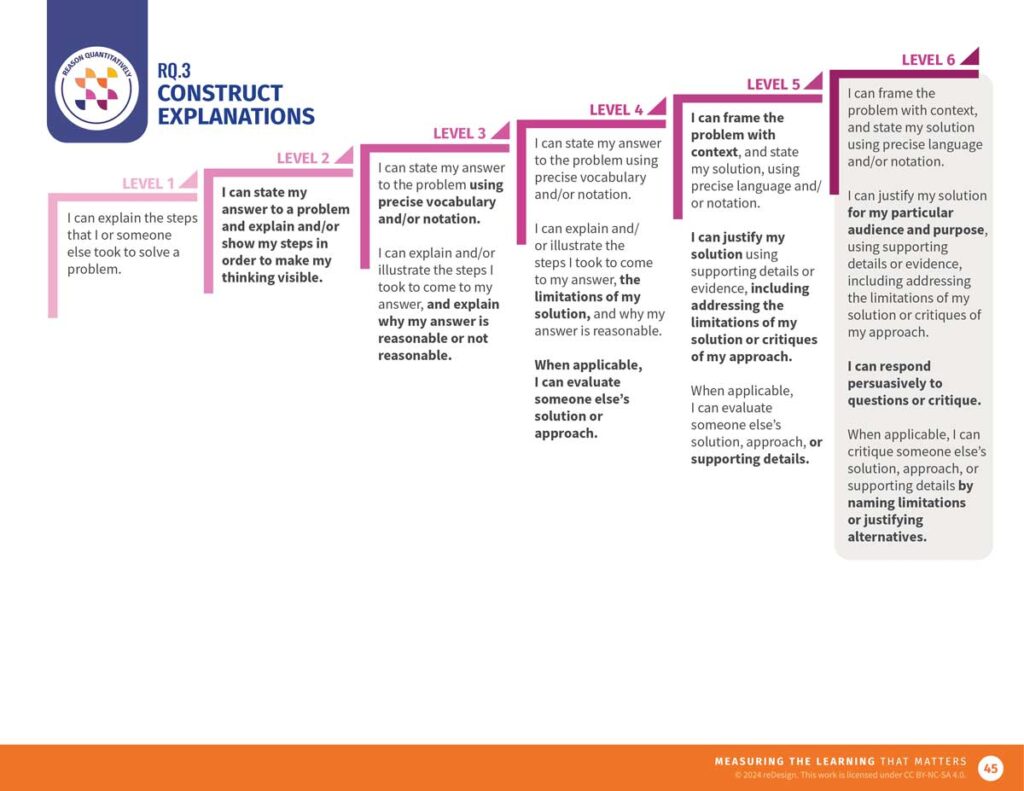Have you heard that song that goes “I wish that I knew what I know now … when I was younger?” For me, it brings to mind the Future9 Competencies, reDesign’s free and open-source framework reflecting our best thinking on competency design for lifelong learning, living, working, and contributing in a community. This tool would have been useful for me as I “grew up” as an educator. Here’s what I would tell my past teacher and administrator selves about the Future9 Competencies and their potential to serve as an organizing architecture for meaningful lessons, powerful teacher collaboration, and coherent curriculum design.

As a first-year teacher of tenth-grade English, I inherited a textbook and … that’s it. For a “unit” on Sappho, I fumbled through some poems and gave some quizzes, and then students did a project. If I could, I’d go back and use the Read the World competency to design a You: The Lyric Poet unit.Instead of a project at the end, I’d use Sappho as the entry point to an inquiry into lyric poetry in many eras and invite students to create their own lyric response to the texts, in any medium or format. The whole unit would be built around the Level 4 indicators of three skills (Find Inspiration and Ideas, Engage and Critique Perspectives, and Evaluate Use of Techniques and Technology). In this way, I could have made transparent to learners what skills they were practicing and applying in their study of Sappho.
I survived that year (and the next 13) as an English teacher. Eventually I collaborated with a math teacher to bring a dream elective to life: a cross-disciplinary class on logic, ciphers, puzzles, and codes. With the Future9 Competencies in hand, I’d go back and leverage the Reason Quantitatively competency to level up our collaboration. We could have used the level 3 indicators for Solve Problemsand Construct Explanations. Using these indicators to structure students’ reflective journaling, exit tickets, and quick conference check-ins would have made the wide transferability of these durable skills and how they apply to language-based, math-based, or visual/spatial problems so much clearer to our learners. Better yet, these indicators offer young people valuable language and practice for metacognition: unpacking, making visible, and reflecting on their often automatic thinking “moves.”

Read the full article published by Big Deal Media.
